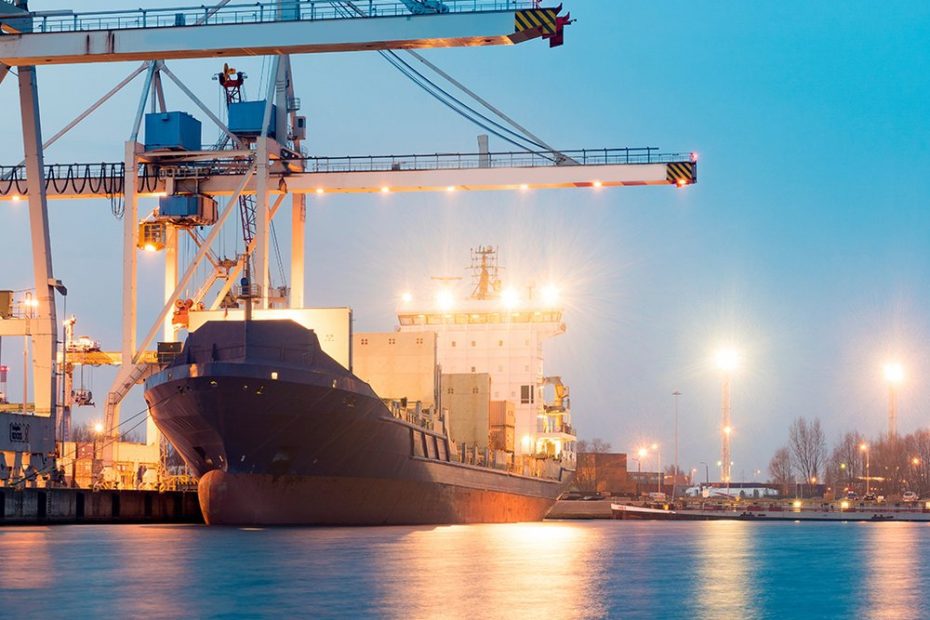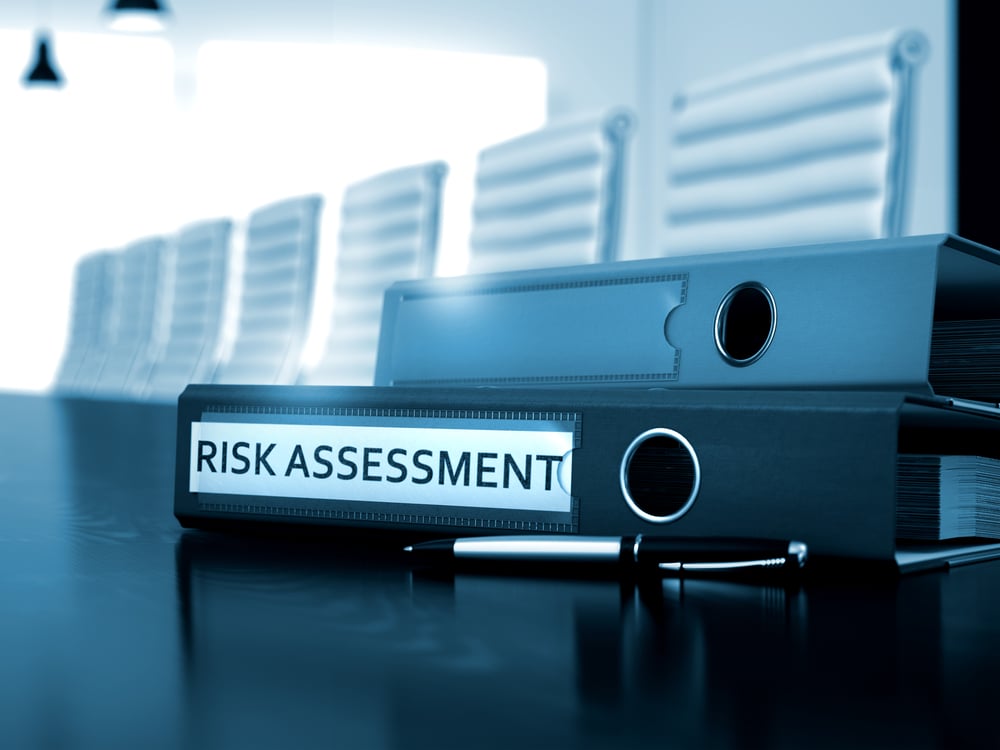The Advantages of CTPAT Membership: Security, Efficiency, and Trade
In an increasingly interconnected global economy, ensuring the security of supply chains is more important than ever. The Customs Trade Partnership...
3 min read
Admin : Dec 7, 2023 1:27:02 PM

See Transcription of the Video below in case you want to read and not watch!
As Veroot Vice President Joe Hurst addresses in the video above, lately, our team has been fielding a record number of questions about the correlation between AEO, MRA, and CTPAT. To many supply chain professionals, the terms probably sound like just another bowl of industry-jargon alphabet soup…but for anyone in the import/export world, the way these three little acronyms work together is a valuable (and dare we say fascinating) relationship to understand.
First, let’s address the acronyms: AEO stands for Authorized Economic Operator, MRA is short for Mutually Recognized Arrangement, and CTPAT represents Customs-Trade Partnership Against Terrorism. But to dig deeper into the impact each term has on the global supply chain, we’ll start by going back in history a bit…
In 1947, right after World War II, a group of European countries came together to start a Cooperative Customs Organization. This involved putting together a standard process for categorizing all the goods being shipped between participating countries so they could tax imports and exports using a universal system, which eventually became known as the Harmonized Tariff. The Harmonized Tariff was essentially a list of goods with assigned numeric codes that were unique to each category of item being shipped (ex. men’s clothing, bananas, car tires, etc.). This made it quick and easy to identify the contents of a shipment and determine the appropriate level of taxation for containers preparing to enter or exit the country based on the specific items being transported.
Over the next few years, the Harmonized Tariff began to gain global momentum with more and more countries becoming eager to participate. So in 1950, what was originally the Cooperative Customs Organization officially became the WCO – or World Customs Organization, which was created to provide dedicated management of the Harmonized Tariff. Then, with the World Customs Organization reaching a nearly global participation rate, the concept of AEO – or Authorized Economic Operator – finally came into play.
Some countries have different names for their AEO-equivalent programs (for example, Canada’s is called Partners in Protection, or PIP), while many others refer to their programs as AEO (for example, China, Taiwan, and most European countries). Due to the naming discrepancy as well as slight variations in protocol between countries, the idea of a Mutually Recognized Arrangement (MRA) exists. MRAs are essentially a joint acknowledgment that the import/export standards in one country are equivalent in practice to those of another country, even if the names of the programs happen to be different. When countries have a Mutually Recognized Arrangement, it alleviates the need to perform on-site inspections, extensive audits, and other supply chain security measures – if both parties have a recognized AEO program in place, there is a trust that the countries’ supply chain standards are equivalent.
So, to connect the dots between AEO, MRA & CTPAT…an Authorized Economic Operator (AEO) program countries put in place to ensure the highest level of supply chain security for imports and exports. Some countries call their program “AEO” while others use a different name. But if both programs have equivalent standards and expectations, there is a Mutually Recognized Arrangement (MRA) between those countries that acknowledges their mutual trust in each other’s compliance protocol and eliminates the need to micromanage supply chain security from end to end. Finally, one of the major pillars of the Authorized Economic Operator (AEO) concept is the presence of a formalized supply chain risk mitigation system, and in the United States, that system is called Customs-Trade Partnership Against Terrorism (CTPAT).
If you have any other questions regarding CTPAT or global supply chain standards, Veroot CTPAT is here to help.

In an increasingly interconnected global economy, ensuring the security of supply chains is more important than ever. The Customs Trade Partnership...

3 min read
As a shipper, you know earning a CTPAT certification will help you improve your supply chain’s security, acquire more business, and ensure a...

See Transcription of the Video below in case you want to read and not watch!